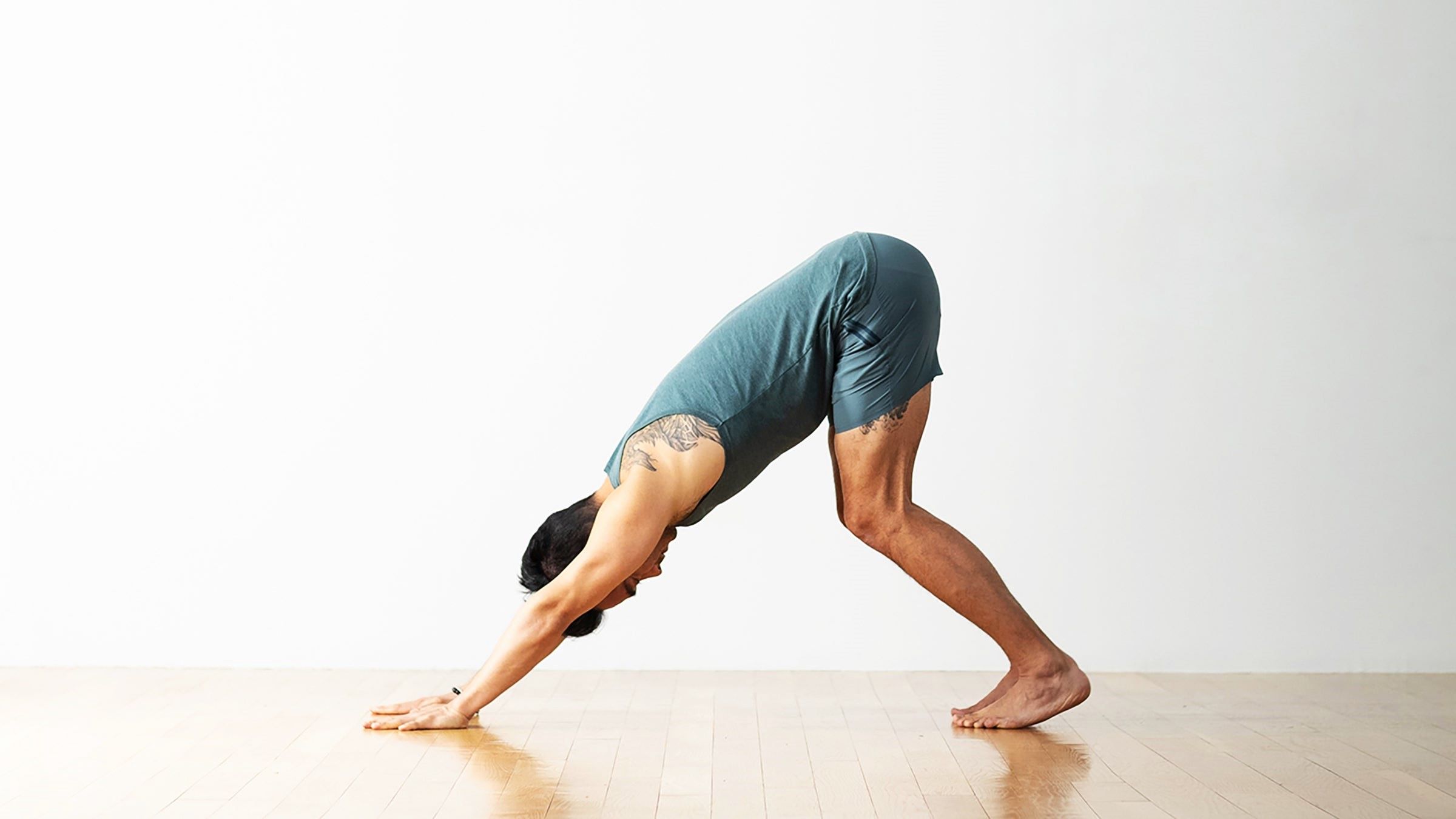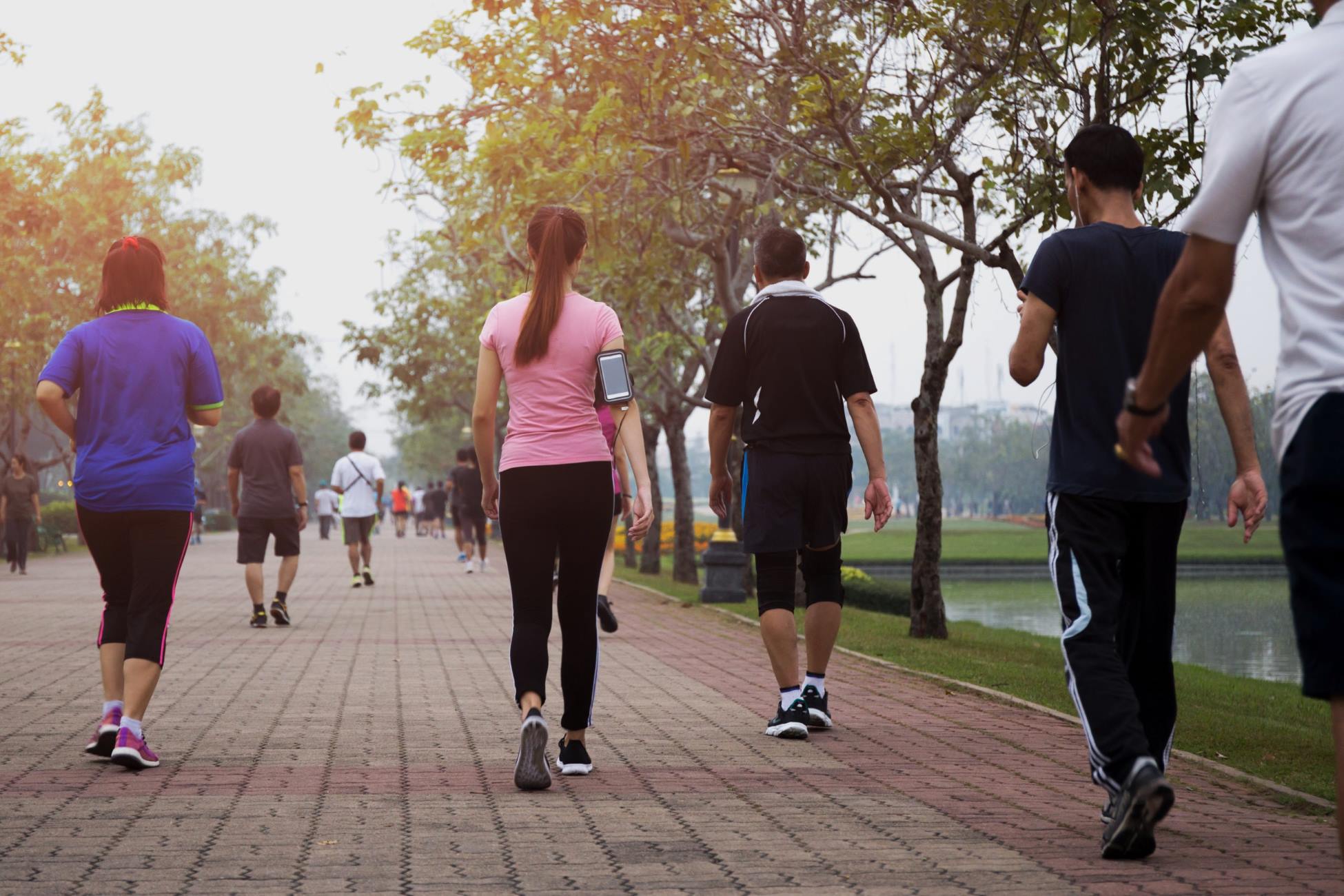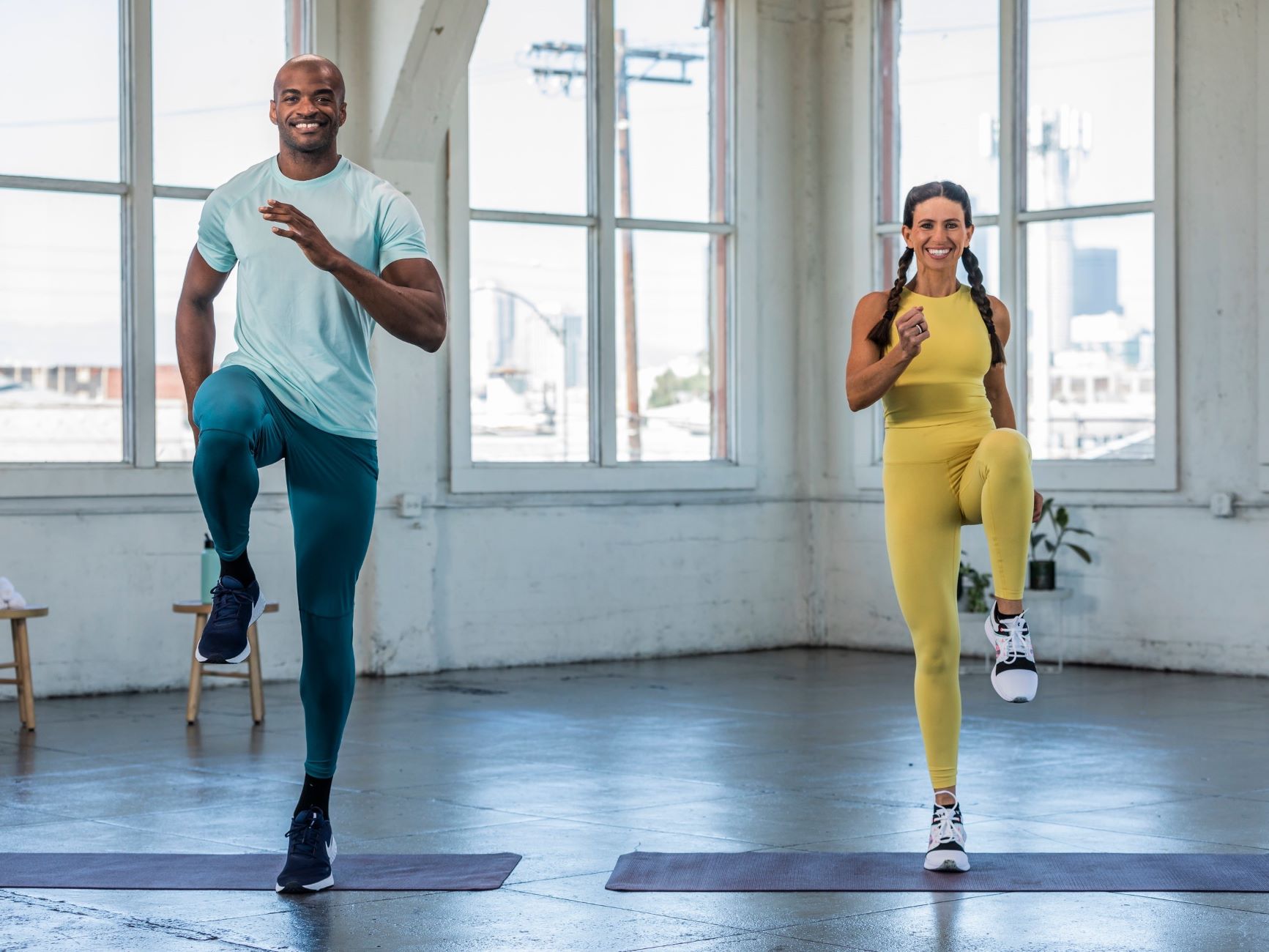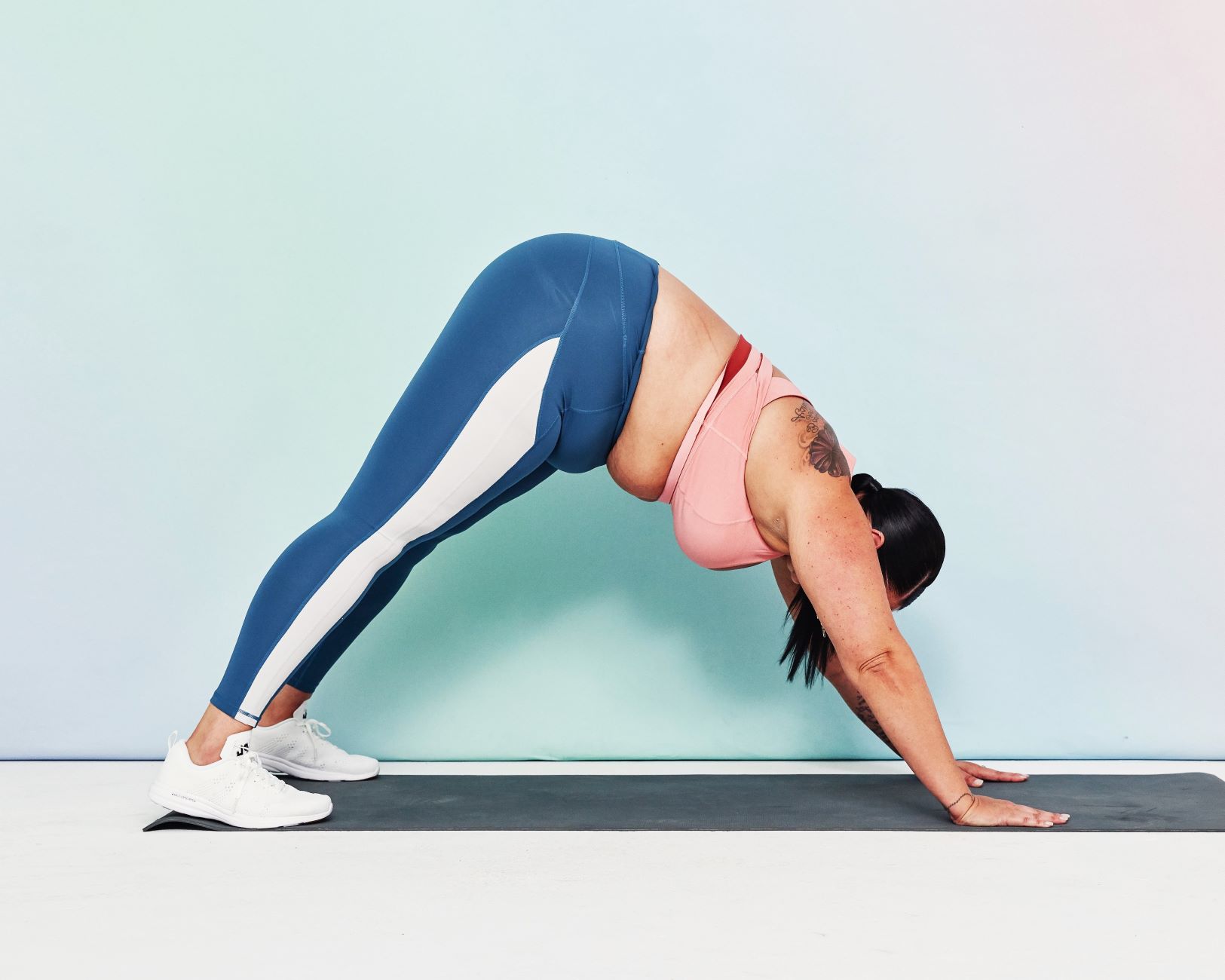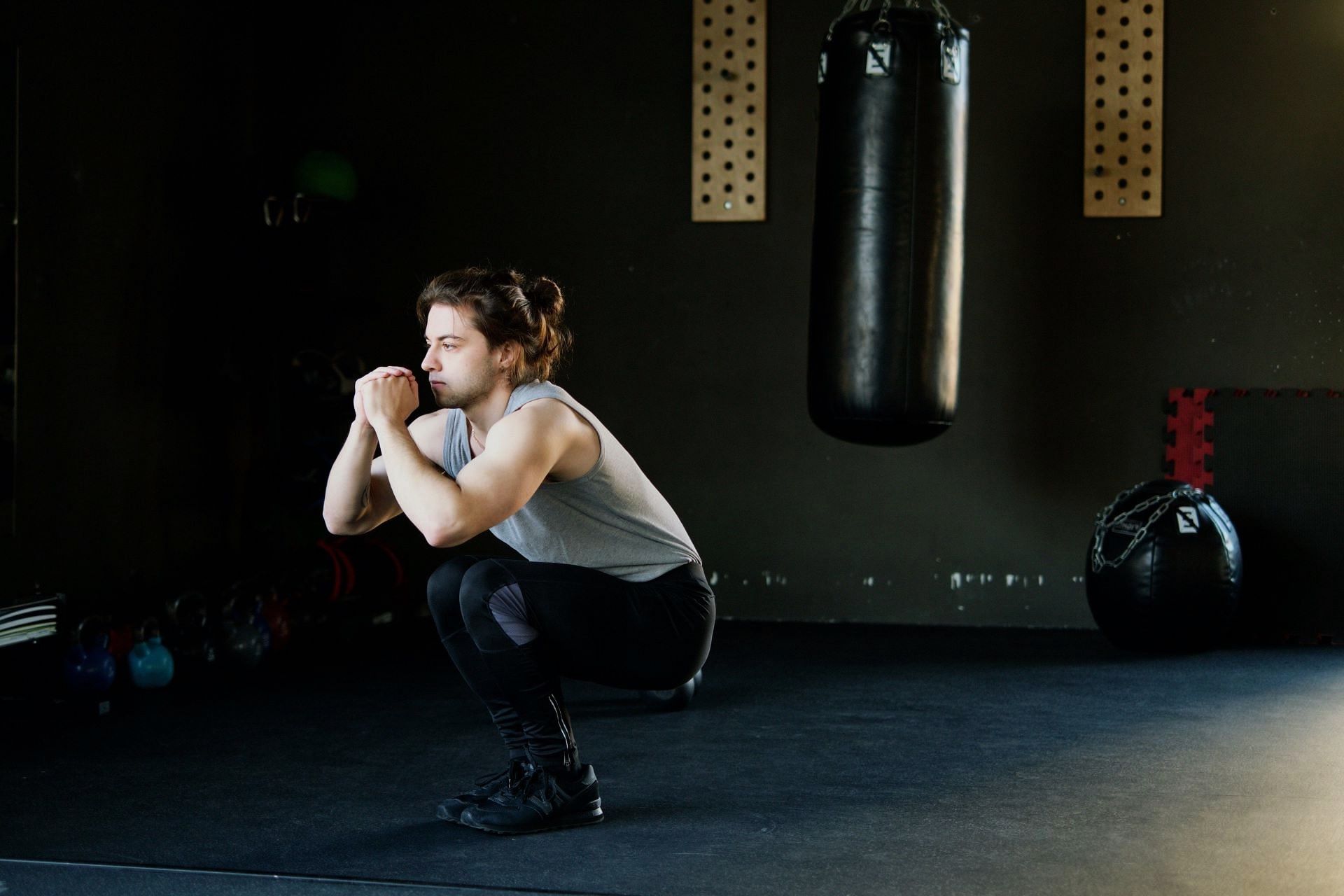Home>Training & Techniques>The Importance Of Proper Posture In Running


Training & Techniques
The Importance Of Proper Posture In Running
Published: March 3, 2024
Learn the importance of proper posture in running and how training & techniques can help improve your performance and prevent injuries. Discover the benefits of maintaining good posture while running.
(Many of the links in this article redirect to a specific reviewed product. Your purchase of these products through affiliate links helps to generate commission for Therunningadvisor.com, at no extra cost. Learn more)
Table of Contents
The Impact of Poor Posture on Running Performance
Poor posture can significantly impact running performance, leading to a range of detrimental effects on both physical efficiency and overall well-being. When a runner maintains improper posture, it can result in increased strain on the body, reduced running economy, and heightened risk of injury. Understanding the implications of poor posture is crucial for runners aiming to optimize their performance and prevent potential setbacks.
Increased Strain on the Body
One of the most immediate impacts of poor posture in running is the increased strain it places on various parts of the body. When a runner exhibits slouched shoulders, a forward head position, or a rounded back, the muscles and joints must work harder to maintain movement and stability. This can lead to excessive tension in the neck, shoulders, and lower back, ultimately impeding the runner's ability to maintain a smooth and efficient stride.
Reduced Running Economy
Poor posture can also compromise running economy, which refers to the energy expenditure required to maintain a specific running velocity. When a runner's posture deviates from the optimal alignment, it can disrupt the body's biomechanics, leading to inefficient movement patterns. As a result, the runner may experience increased oxygen consumption and higher levels of perceived exertion, ultimately hindering their ability to sustain pace and endurance.
Heightened Risk of Injury
In addition to impacting performance, poor posture in running can elevate the risk of sustaining various injuries. Misaligned posture can place excessive stress on the joints, tendons, and ligaments, making the body more susceptible to overuse injuries such as shin splints, IT band syndrome, and patellofemoral pain syndrome. Furthermore, poor posture can contribute to muscle imbalances and asymmetries, further predisposing runners to acute injuries and chronic musculoskeletal issues.
Understanding the profound impact of poor posture on running performance underscores the importance of prioritizing proper alignment and body mechanics during training and competition. By addressing posture-related issues, runners can mitigate strain, enhance running economy, and reduce the likelihood of injury, ultimately optimizing their overall performance and enjoyment of the sport.
Common Posture Mistakes in Running
Maintaining proper posture is essential for runners to optimize their performance and minimize the risk of injury. However, several common posture mistakes can compromise running efficiency and overall well-being. By recognizing these prevalent errors, runners can proactively address them to enhance their running experience. Here are some of the most common posture mistakes in running:
1. Forward Head Position
A prevalent posture mistake among runners is a forward head position, characterized by the protrusion of the head beyond the vertical alignment with the torso. This posture places excessive strain on the neck and upper back muscles, leading to increased tension and potential discomfort during running. Additionally, a forward head position can disrupt the natural alignment of the spine, impacting overall body mechanics and potentially contributing to neck and shoulder issues.
2. Rounded Shoulders
Another common posture mistake is rounded shoulders, where the shoulders hunch forward instead of being relaxed and aligned with the torso. This posture can lead to increased tension in the upper back and neck, potentially impeding proper arm swing and overall running efficiency. Furthermore, rounded shoulders can contribute to restricted breathing, as the chest cavity may be compressed, limiting the runner's ability to take deep breaths and maintain optimal oxygen intake during running.
3. Excessive Arching of the Lower Back
Runners may also exhibit the posture mistake of excessive arching of the lower back, often accompanied by a protruding abdomen. This posture can strain the lower back muscles and lead to an imbalance in the distribution of forces throughout the body. Excessive arching of the lower back may compromise core stability and impact the alignment of the pelvis, potentially contributing to discomfort and reduced running efficiency.
4. Slouched Posture
Slouched posture, characterized by a rounded or hunched upper back, is a prevalent mistake that can significantly impact running performance. This posture can lead to increased strain on the spine and surrounding muscles, potentially compromising the runner's ability to maintain an efficient and fluid stride. Additionally, slouched posture may impede proper breathing mechanics, limiting the runner's respiratory capacity and overall endurance during running.
5. Overstriding
In addition to upper body posture mistakes, overstriding is a common lower body posture error that can impact running efficiency. Overstriding occurs when a runner extends their leading leg too far forward upon landing, resulting in excessive braking forces and potential strain on the lower extremities. This posture mistake can lead to decreased running economy and heightened risk of overuse injuries, as the body absorbs impact forces inefficiently.
Recognizing these common posture mistakes in running is the first step toward addressing and correcting them. By focusing on maintaining proper alignment and body mechanics, runners can optimize their posture to enhance performance, reduce the risk of injury, and enjoy the many benefits of running to the fullest.
Benefits of Maintaining Proper Posture in Running
Maintaining proper posture while running offers a myriad of benefits that extend beyond physical performance, encompassing overall well-being and long-term musculoskeletal health. By prioritizing optimal alignment and body mechanics, runners can experience the following advantages:
1. Enhanced Running Efficiency
Proper posture facilitates optimal biomechanics, allowing runners to move with greater efficiency and reduced energy expenditure. By aligning the body's segments in a balanced and coordinated manner, runners can minimize unnecessary strain and maximize the transfer of energy with each stride. This enhanced running efficiency translates to improved speed, endurance, and overall performance, enabling runners to achieve their goals with greater ease and effectiveness.
2. Reduced Risk of Injury
Maintaining proper posture in running plays a pivotal role in mitigating the risk of sustaining various musculoskeletal injuries. By aligning the body in a way that promotes optimal joint and muscle function, runners can minimize the likelihood of overuse injuries, such as shin splints, stress fractures, and tendonitis. Additionally, proper posture helps distribute impact forces more evenly throughout the body, reducing the strain on specific areas and lowering the risk of acute injuries during running.
Read more: The Importance Of Aquajogging For Runners
3. Improved Breathing Mechanics
Proper posture supports optimal breathing mechanics, allowing runners to maximize oxygen intake and respiratory efficiency during exercise. By maintaining an upright and open chest position, runners can facilitate unrestricted lung expansion and diaphragmatic breathing, enhancing oxygen delivery to working muscles and sustaining endurance. This improved breathing capacity contributes to enhanced aerobic performance and overall running comfort.
4. Enhanced Muscular Balance and Coordination
Optimal posture promotes balanced muscle activation and coordination, reducing the likelihood of developing muscle imbalances and asymmetries. By aligning the body's segments in a way that optimizes muscle recruitment and joint stability, runners can minimize the risk of overloading specific muscle groups and developing compensatory movement patterns. This balanced muscular engagement supports overall running mechanics and reduces the risk of chronic overuse injuries associated with muscular imbalances.
5. Long-Term Musculoskeletal Health
Prioritizing proper posture in running contributes to long-term musculoskeletal health, minimizing the cumulative impact of repetitive movements and mechanical stress on the body. By aligning the spine, pelvis, and limbs in a way that promotes optimal joint alignment and movement patterns, runners can reduce the risk of degenerative changes and chronic musculoskeletal issues. This proactive approach to posture maintenance supports sustained running enjoyment and longevity in the sport.
By recognizing and embracing the benefits of maintaining proper posture in running, individuals can optimize their running experience, reduce the risk of injury, and cultivate a foundation for long-term physical well-being. Incorporating posture-focused strategies into training and running routines empowers individuals to harness the advantages of optimal alignment, ultimately enhancing their overall running performance and enjoyment.
Tips for Improving Posture While Running
Maintaining proper posture while running is essential for optimizing performance and reducing the risk of injury. By implementing the following tips, runners can enhance their posture and overall running experience:
1. Heighten Body Awareness
Developing a heightened sense of body awareness is fundamental to improving posture while running. By consciously tuning into body positioning and alignment during each stride, runners can identify and address any deviations from optimal posture. This heightened awareness enables them to make real-time adjustments, such as aligning the head, shoulders, and hips, to maintain proper posture throughout the run.
2. Engage Core Muscles
Activating the core muscles plays a pivotal role in supporting proper posture while running. By engaging the abdominal, oblique, and lower back muscles, runners can stabilize the spine and pelvis, promoting a more upright and aligned posture. Strengthening the core through targeted exercises, such as planks and Russian twists, can enhance postural stability and reduce the likelihood of slouching or excessive arching of the lower back during running.
3. Focus on Head Position
Consciously maintaining a neutral head position is crucial for improving overall posture while running. By aligning the head with the spine and keeping the gaze forward, runners can prevent the onset of a forward head posture, which can lead to neck strain and disrupted body mechanics. Maintaining a relaxed and upright head position facilitates optimal breathing and enhances overall running efficiency.
4. Relax the Shoulders
Keeping the shoulders relaxed and slightly pulled back contributes to improved posture and running mechanics. Tension in the shoulders can lead to rounded posture and restricted arm swing, impacting overall running comfort and efficiency. By consciously releasing shoulder tension and allowing the arms to move freely, runners can maintain a more open chest position and reduce the risk of upper body fatigue during longer runs.
5. Align the Hips and Pelvis
Ensuring proper alignment of the hips and pelvis is essential for maintaining postural stability and efficient running mechanics. By focusing on keeping the hips level and the pelvis in a neutral position, runners can minimize excessive lateral movement and potential asymmetries that can compromise posture and lead to overuse injuries. Strengthening the hip abductor and adductor muscles can support optimal pelvic alignment and reduce the risk of hip-related issues.
6. Gradually Increase Running Volume
Gradually increasing running volume and intensity allows the body to adapt to the demands of running while maintaining proper posture. Sudden spikes in training load can lead to compromised posture and increased risk of injury. By progressively building mileage and incorporating recovery periods, runners can adapt to the physical demands of running, supporting improved posture and overall musculoskeletal health.
By integrating these tips into their running routine, individuals can proactively enhance their posture, optimize running mechanics, and reduce the risk of posture-related issues. Prioritizing proper posture while running empowers individuals to maximize their performance, minimize the risk of injury, and cultivate a foundation for sustained running enjoyment and longevity in the sport.
Exercises to Strengthen Postural Muscles for Running
Incorporating targeted exercises to strengthen postural muscles is instrumental in enhancing running performance and reducing the risk of posture-related issues. By focusing on specific muscle groups that support optimal posture and body alignment, runners can fortify their musculoskeletal foundation, ultimately improving running efficiency and overall well-being. Here are several effective exercises designed to strengthen postural muscles for running:
1. Plank Variations
Plank exercises target the core muscles, including the abdominals, obliques, and lower back, which play a crucial role in maintaining postural stability during running. Variations such as forearm planks, side planks, and plank with leg lifts engage the core muscles, promoting spinal alignment and reducing the risk of excessive arching or rounding of the lower back.
2. Bird Dogs
Bird dogs are dynamic exercises that enhance core stability and promote balanced muscle activation. By extending one arm and the opposite leg while maintaining a neutral spine, runners can strengthen the deep stabilizing muscles of the core and lower back, supporting optimal posture and reducing the risk of excessive pelvic tilt during running.
3. Glute Bridges
Glute bridges target the gluteal muscles and hamstrings, contributing to hip stability and alignment. Strong gluteal muscles support proper pelvic positioning and reduce the risk of hip drop or excessive lateral movement during running. By incorporating single-leg variations, runners can address potential muscular imbalances and enhance overall hip strength and stability.
4. Dead Bug Exercise
The dead bug exercise focuses on core activation and coordination, emphasizing the importance of maintaining a stable and aligned torso. By extending the arms and legs while bracing the core, runners can strengthen the deep abdominal muscles and reduce the risk of excessive arching or rounding of the lower back, supporting optimal posture and running mechanics.
5. Resistance Band Rows
Resistance band rows target the muscles of the upper back and shoulders, promoting proper scapular retraction and shoulder alignment. By strengthening these muscles, runners can mitigate the risk of rounded shoulders and upper back slouching, supporting a more open chest position and facilitating unrestricted arm swing during running.
6. Hip Abductor and Adductor Exercises
Exercises targeting the hip abductor and adductor muscles, such as lateral leg raises and seated hip adduction, contribute to hip stability and alignment. Strong and balanced hip muscles support optimal pelvic positioning and reduce the risk of excessive lateral movement or asymmetries, ultimately promoting postural stability and reducing the likelihood of hip-related issues during running.
Incorporating these exercises into a comprehensive strength training program can significantly enhance postural muscle strength and endurance, ultimately supporting improved running posture, mechanics, and overall performance. By prioritizing the development of postural muscles, runners can fortify their musculoskeletal foundation, reduce the risk of posture-related issues, and optimize their running experience.

